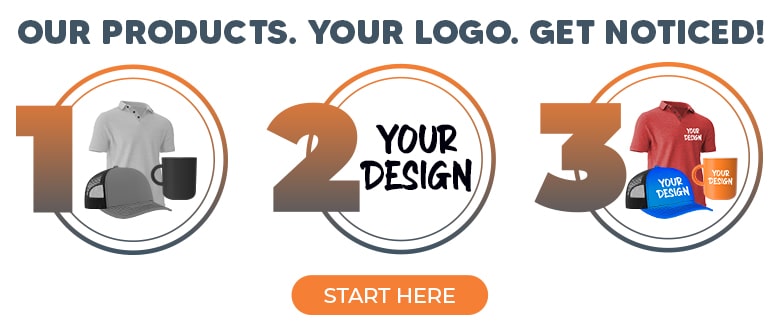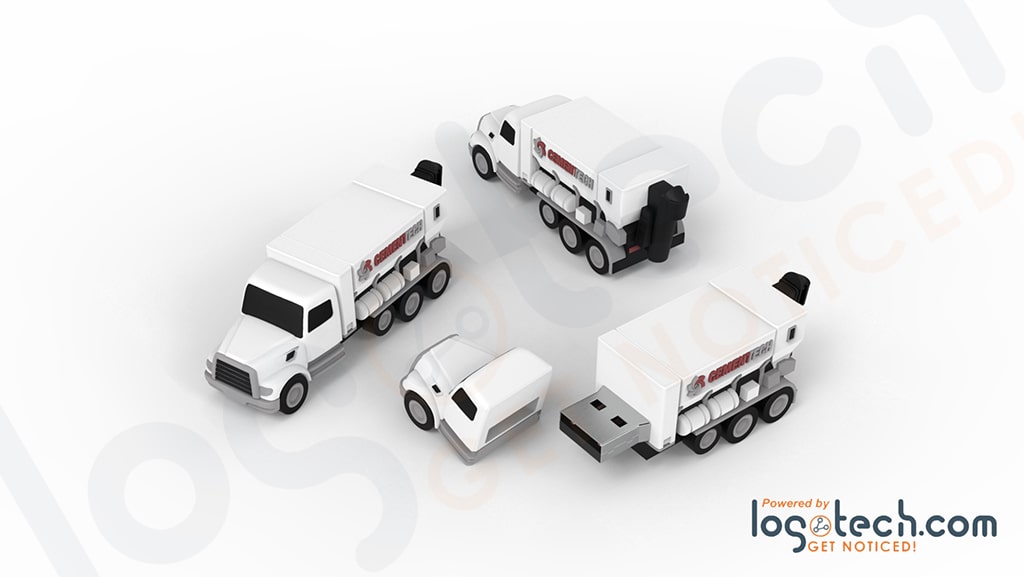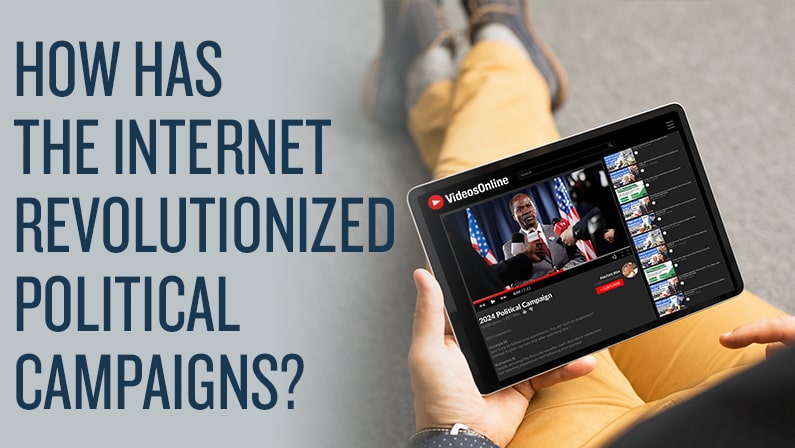
How Has the Internet Revolutionized Political Campaigns?
The Political Playbook in the Digital Age
The Internet has revolutionized political campaigns, replacing static, one-way communication with dynamic, real-time interaction. In the past, candidates relied heavily on TV ads, newspapers, and billboards to get their messages out, with little control over how or when they reached voters. With the rise of social media platforms and digital tools, campaigns have a direct line to voters, enabling personalized outreach, rapid responses, and real-time narrative shaping. The Internet has entirely altered modern political campaigns, turning elections into interactive, data-driven efforts where engagement never stops.
Direct Voter Engagement
Social media platforms like Twitter (now X), Facebook, Instagram, and TikTok have transformed how political candidates engage with voters. These online platforms allow candidates to bypass traditional media and speak directly to their audience. Through live-streamed town halls, Q&A sessions, or interactive polls, candidates maintain ongoing dialogue, responding quickly to political news and challenges. This real-time connection also leverages social media's influence, keeping voters engaged and informed.
Beyond real-time interaction, social media channels foster personal connections. Voters can follow candidates' daily activities and engage in conversations, making candidates feel more relatable. Candidates can send personal messages and reply directly to voters, creating a sense of familiarity and trust in the candidate. This direct access ensures the candidate's message stays in voter's minds, even if traditional media coverage fades. Social media users help amplify these connections, transforming how voters perceive campaigns. The rise of video content and streaming has made the role of social media in politics even bigger!
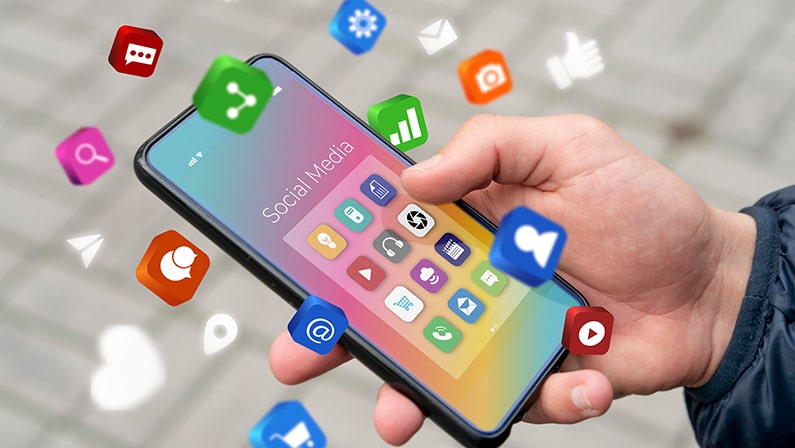
Video Content and Live Streaming
Video content is a cornerstone of modern political campaigns, with platforms like YouTube, Instagram Live, and Facebook Live offering direct access to candidates. Live streaming allows real-time interaction during town halls, speeches, or rallies, bringing the campaign trail to a broader audience. Pre-recorded videos on social media platforms reinforce campaign messaging through engaging visual storytelling. This humanizes candidates, making them more accessible to voters while providing a place to explain policies in a relatable, digestible way.
Data-Driven Strategies
Big data has completely changed how campaigns target voters. The Internet and social media platforms provide data analytics tools that let campaigns deliver targeted ads based on demographics, online behavior, and interests. By analyzing social media users' engagement, candidates craft personalized content, improving the impact of political ads and increasing voter turnout. This microtargeting makes campaigns more efficient, stretching resources and refining messages to resonate with specific groups.
However, this approach does have ethical concerns. Microtargeting's use of personal data has sparked debates about privacy and manipulation. As the Internet and social media become central to the democratic process, voters demand greater transparency on how data is used, pushing for regulation to protect voter privacy. The conversation around data-driven campaigning increasingly involves discussions on fairness, ethics, and protecting the sanctity of the democratic process.
Engagement through Email and SMS
While most of the modern political spotlight is on social media platforms, the simple and direct nature of email and SMS remains valuable. Emails allow campaigns to deliver tailored messages—fundraisers, policy announcements, or volunteer opportunities—straight to a supporter's inbox. With its instant access, SMS is perfect for urgent calls to action, like getting voters to the polls, fundraising calls, or updates on last-minute events. These tools cut through the noise, offering personalized outreach that feels immediate, helping campaigns connect intimately with voters amidst the digital chaos.
Crowdfunding in Campaigns
Crowdfunding has created a new way to finance political campaigns. Online platforms like ActBlue and GoFundMe allow small donors to play a bigger financial role in politics. The Internet has made it easier for outsider candidates to attract grassroots funding, leveraging their social media presence to connect with supporters. This model has somewhat democratized campaign finance, shifting the focus (for some candidates) from big donors to everyday citizens.
For example, Bernie Sanders' 2020 presidential election campaign showcased how small, recurring donations from ordinary people could build an impressive war chest.
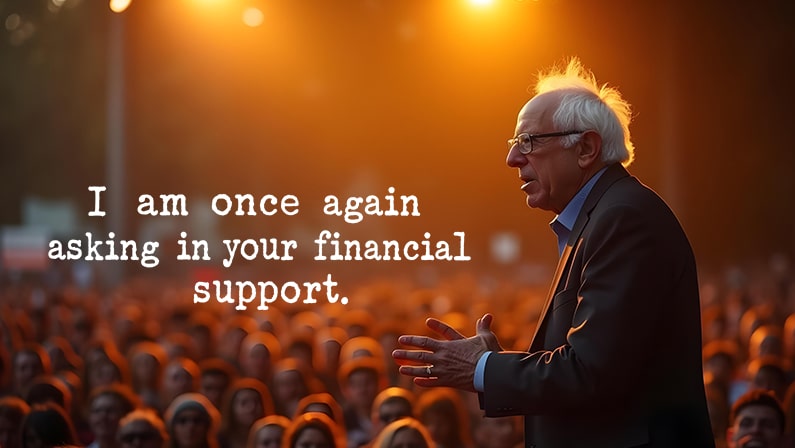
The Role of Influencers in Political Campaigns
Social media influencers have become pivotal voices in political campaigns in the digital age. Their loyal followings allow them to promote candidates to specific demographics, often younger, more digitally engaged voters. Unlike traditional ads, influencers bring authenticity to political messaging, turning endorsements into more personal conversations. Whether sharing a candidate's policy views or encouraging followers to vote, influencers can connect with their following, blending online influence with real-world impact in ways that traditional media can't compete with.
The Rise of Viral Politics and Memes
The internet and social media platforms have also turned viral content and memes into political tools. Platforms like TikTok, Reddit, and Twitter spread campaign messages through shareable, humorous content that resonates with younger audiences. Memes can distill complex ideas into bite-sized messages, helping candidates gain exposure and shape the political discourse. Viral moments can define a campaign, increasing visibility almost overnight. Barack Obama's 2008 campaign created shareable digital content, like the viral "Yes We Can" music video and "Hope" image, which spread rapidly across social media, contributing to his meteoric rise as a young presidential candidate.
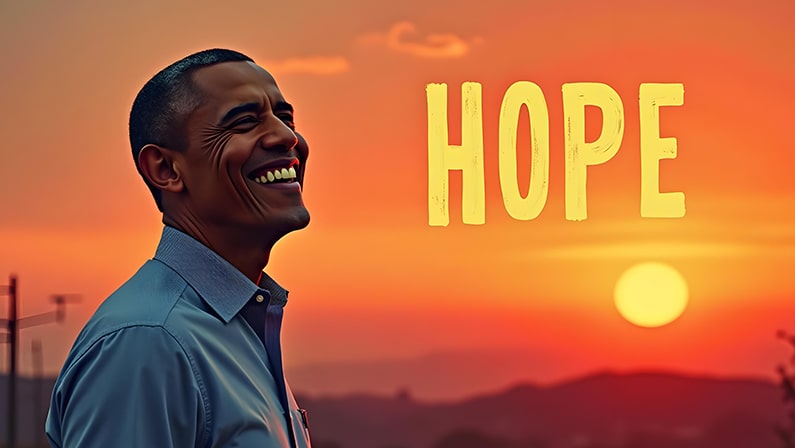
However, memes can also reduce political discourse to surface-level engagement. While they are highly effective at drawing attention, they often focus more on emotion than substance. Additionally, candidates who attempt to engage in "meme culture" without a solid understanding can appear inauthentic or ignorant to voters. Candidates must balance viral content with serious messaging to maintain credibility while using memes to keep their campaigns relevant on social media platforms.
Social Media and Crisis Management
With digital campaigning, social media monitoring has become essential for managing a candidate's online reputation. Campaigns use monitoring tools to track mentions, spot trends, and respond quickly to emerging issues. Whether addressing misinformation or handling a public relations crisis, reacting swiftly online can make or break a candidate's image. Proactive crisis management through digital channels ensures campaigns can mitigate damage before it escalates, fostering transparency and maintaining trust with voters, especially during high-stakes election periods.
How Algorithms Can Shape Discourse
Social media algorithms have a powerful influence on what political content voters see. Platforms like Facebook, Twitter, and TikTok prioritize content that drives engagement—often amplifying sensational, polarizing posts that spark strong reactions. This can skew public perception and reinforce echo chambers, where voters are repeatedly exposed to like-minded views. For campaigns, understanding how these algorithms work is essential to navigating the digital space. While this boosts visibility for certain messages, it also presents challenges in promoting nuanced discussions and credible sources over viral, clickbait content.
The Challenges of Disinformation
As much as the Internet has revolutionized political campaigns, it has also created fertile ground for the spread of fake news. When social media presents sensational content, and prioritizes it, it becomes easier for fake news and misleading stories to reach voters. Disinformation misguides voters and erodes trust in the democratic process, seriously threatening modern campaigns. The dangers can also lead to overcorrection or excessive censorship, which can alienate voters altogether.
Artificial intelligence (AI) also poses significant risks in the spread of misinformation. AI-generated content, such as deepfakes or automated bots, can create hyper-realistic fake videos or generate misleading posts that are difficult to detect. These tools can manipulate public opinion, creating confusion and undermining trust in candidates or institutions.
To combat this, campaigns have adopted tools like fact-checking and public education on political news and media literacy. Online political advertising has also been scrutinized for potentially spreading disinformation. Although platforms like Facebook and Twitter have partnered with fact-checkers to flag false stories, the effectiveness of these measures is still debated, as the spread of disinformation often outpaces corrections. Campaigns must navigate this tricky landscape, where false news stories can undermine even the most sincere messaging.
Cybersecurity in Political Campaigns
As political campaigns move online, the stakes of cybersecurity have never been higher. Campaigns collect and store sensitive voter data, making them prime cyberattack targets. A breach risks confidential information and can shake public trust, particularly during a high-stakes presidential election.
One particularly damaging cyberattack is the email leak, in which private communications or sensitive strategy documents are exposed to the public. The exposure of internal emails during campaigns has proven devastating, leading to broken trust, strategic disruptions, and reputational damage. Ensuring security—from encrypted communications to campaign strategies—is now crucial to every digital campaign. Protecting this information is crucial for maintaining trust and ensuring a fair democratic process.
Political Promotional Products in the Digital Age
The Internet revolutionized political campaigns in every way—even the use of promotional products! Today, traditional items like buttons, banners, and yard signs are often integrated with digital strategies to enhance online political ads and engagement. QR codes and hashtags on promotional items drive voters to social media channels or campaign websites, amplifying a candidate's political ads reach. These physical products still play a crucial role in political campaigns, bridging the gap between online and offline engagement.
Logotech offers a wide range of political promotional products that can connect your offline and online campaign efforts. Create an account on our website and start your order to boost your campaign's visibility!
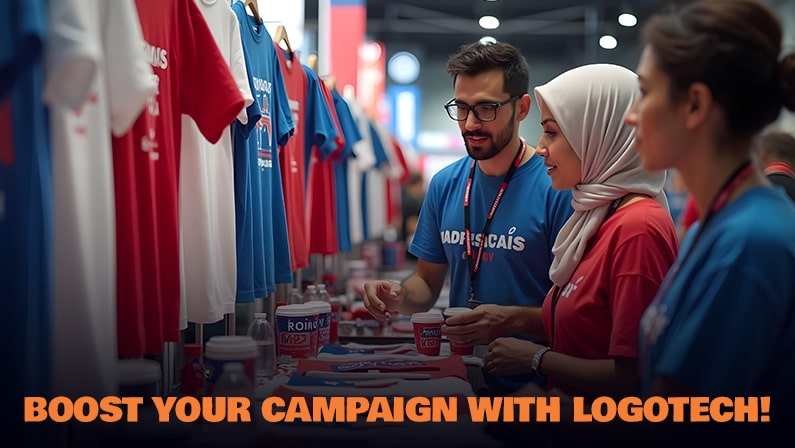
So, how has the Internet revolutionized political campaigns? It's created unparalleled opportunities for voter engagement while introducing new risks like fake news and privacy concerns. As political advertising evolves in the digital space, candidates must responsibly harness the benefits of the use of Internet in political campaigns. With all of these developments in technology and politics, campaigns must prioritize transparency and ethics to ensure that the democratic process remains strong in the digital age.
Frequently Asked Questions
Q: How do candidates manage their digital presence across multiple platforms?
A: Campaigns often use social media management tools to schedule posts, track analytics, and ensure a consistent message across platforms like Twitter, Instagram, and Facebook.
Q: What are the advantages of using podcasts in political campaigns?
A: Podcasts allow candidates to have in-depth conversations about policies and issues, providing a platform for nuanced discussion and reaching engaged, issue-oriented listeners.
Q: Can digital ads be invasive for voters?
Yes, over-targeting can create a feeling of being "followed" by campaign ads, which may lead to voter annoyance or negative feelings toward the campaign.
Q: How can virtual events compare to traditional rallies?
A: Virtual town halls and debates reach wider audiences without geographic constraints, allowing for greater accessibility and interaction with voters from anywhere.
Q: What is geofencing, and how do campaigns use it?
A: Geofencing is a digital marketing strategy that targets voters based on their physical location, delivering ads or campaign content when someone enters a specific area, such as a polling station.




